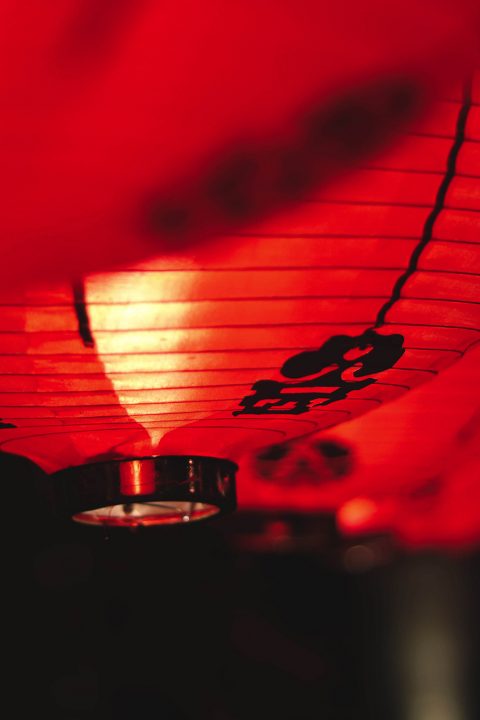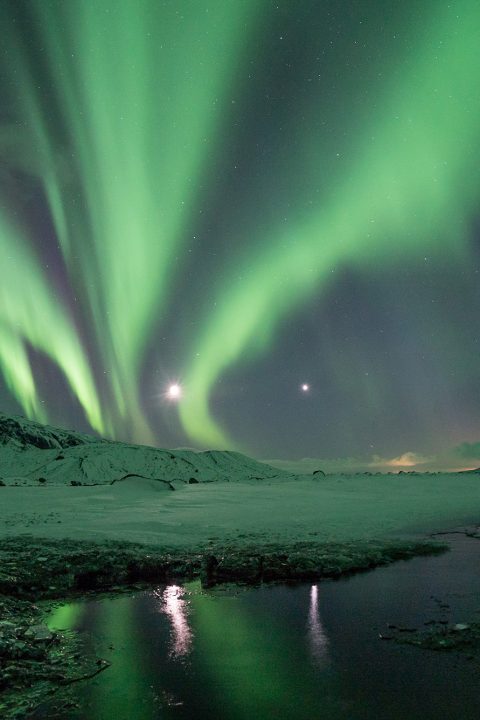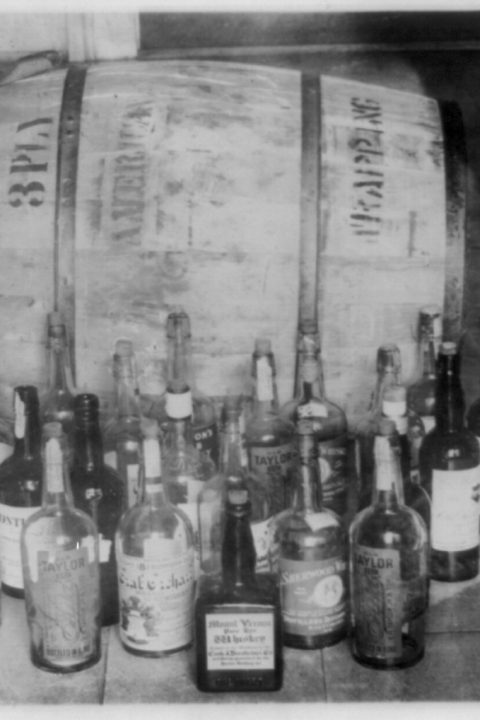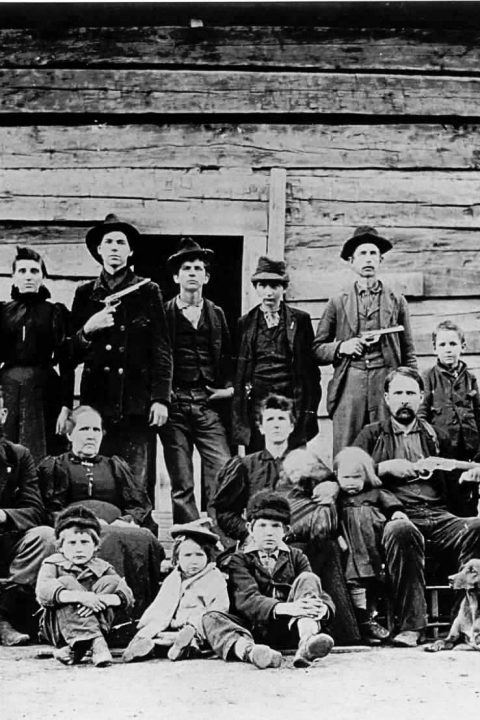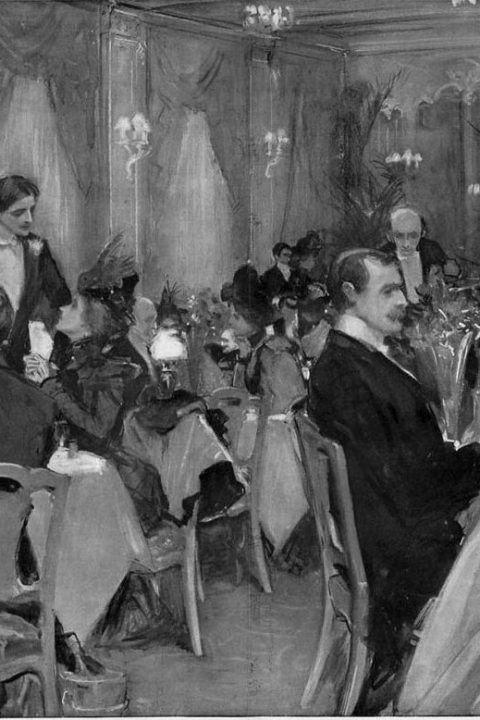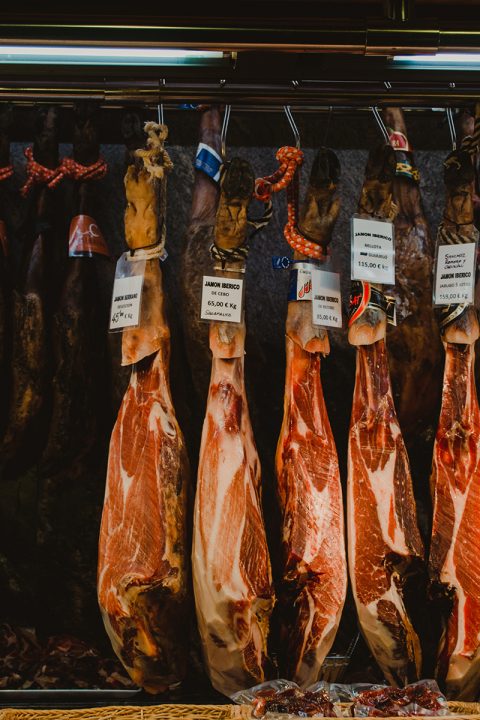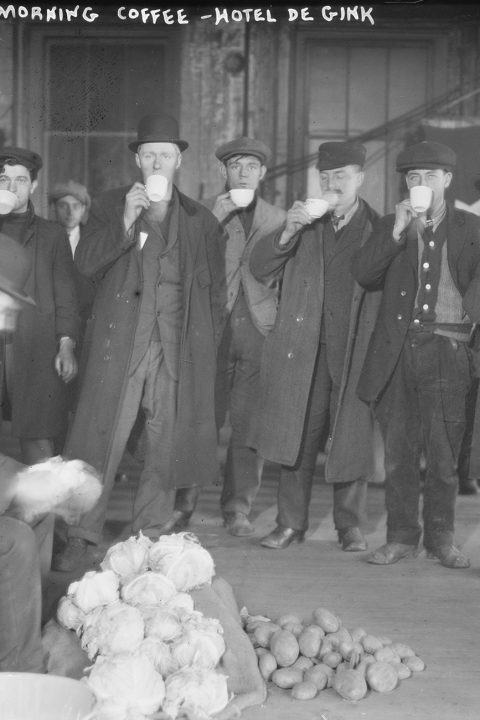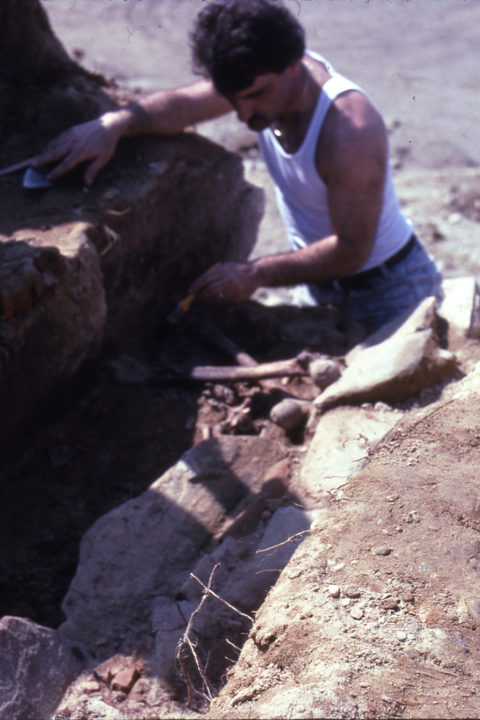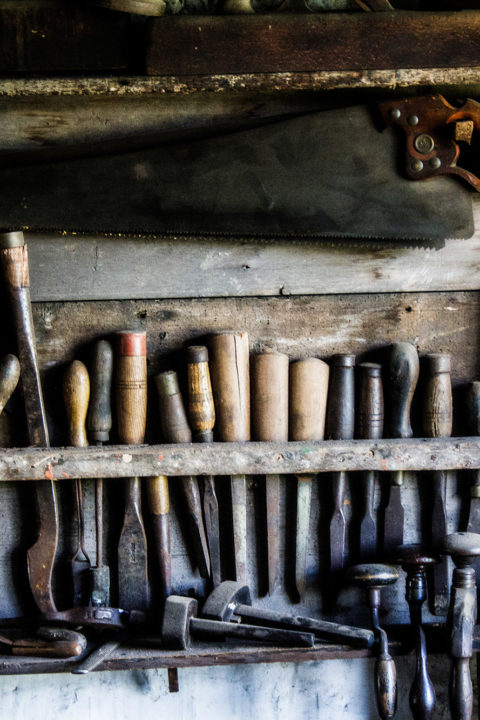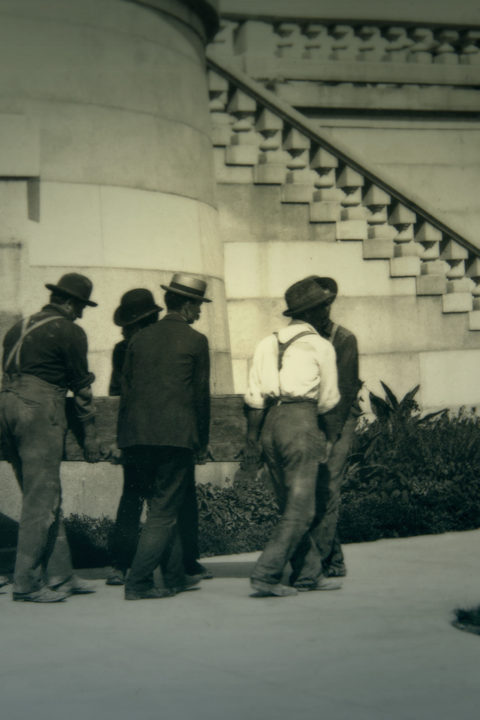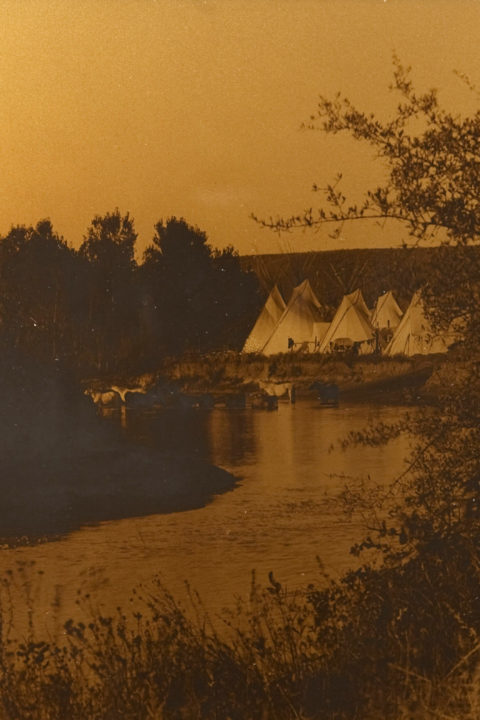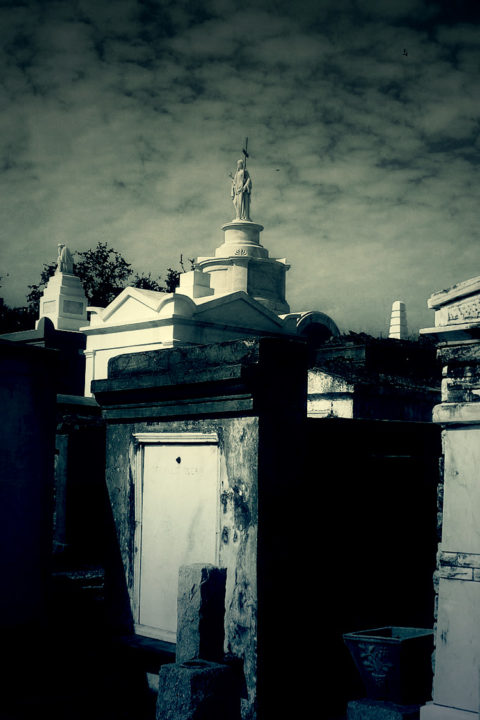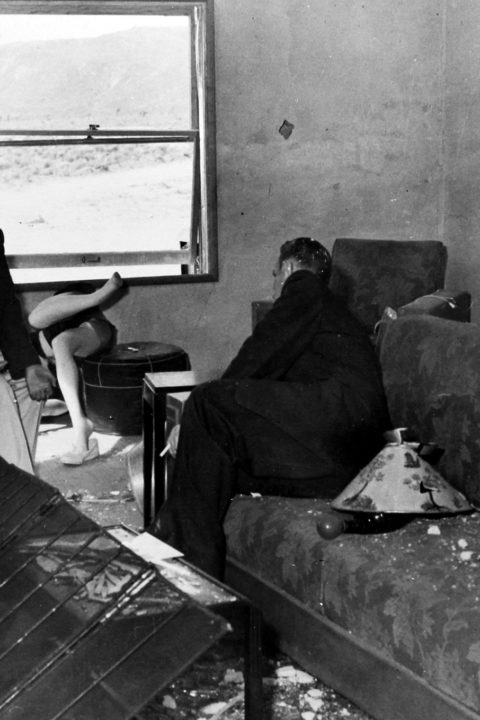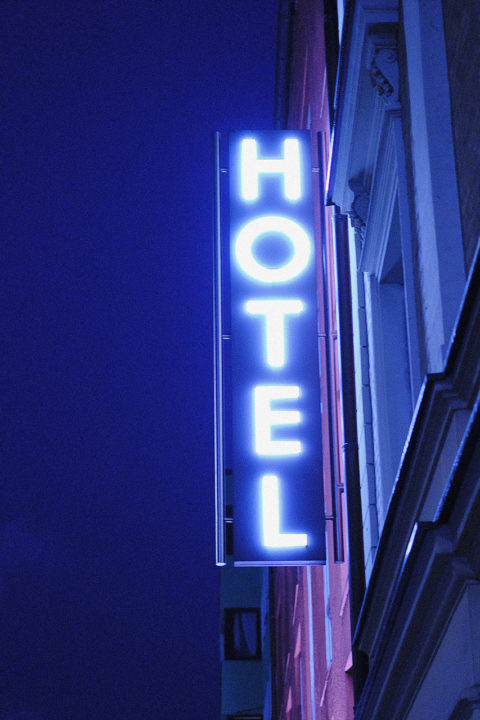The north side of Portland, Oregon, in the late 1800s was the scene of a violent, raucous waterfront, where illicit cargoes from Asia were offloaded, drunken sailors “shanghaied,” the brothels were always busy, and dark opium dens offered escape from the burdens of life. The profits from all these vices—including the smuggling of illegal immigrants from China—flowed to the elegant south side of town.
Diamond necklaces, rings, and other expensive baubles were an irresistible attraction to the light-fingered burglars who preyed on the wealthy winter visitors to Miami Beach in its early days. One particularly light-fingered jewel thief became the arch-villain of this elegant resort scene. Even after his arrest and imprisonment, the enormous hauls of jewels lifted by this sly criminal kept his legend alive.
Who dreamt up the stunt of going over Niagara Falls in a barrel? Through the 1800s, countless daredevils and would-be heroes attempted all sorts of stunts at the Falls and in the rapids below. But the first to go over the Falls—and survive—did not fit the usual mold of a thrill-seeking daredevil. She was a 63-year-old music teacher named Annie Edson Taylor, who quickly became a national celebrity.
The great explorer Henry Hudson was determined to discover a Northwest Passage to the riches of Asia through the frigid bay in North America that still bears his name. Hudson’s voyages of exploration are viewed as pioneering triumphs. But in this episode, we’ll tell the tale of his last, fateful mission—a dangerous and obsessive expedition into uncharted waters that ended in terror, violence, and mutiny—and an enduring mystery.
Were 70 jugs of dark liquid discovered in a storeroom of an abandoned Saint Paul hospital startling evidence of an ingenious Prohibition-era scheme? Clues lead to a small cosmetics company accused of bootlegging cheap alcohol-based fragrances into drinkable booze. Their guilt or innocence was never proven. Do the 70 jugs of cheap perfume offer a clue to a Prohibition-era mystery?
The series of violent events that erupted in southern Appalachia in the 1870s and 80s, known as the “Hatfield-McCoy Feud,” evokes stereotypes of backwoods blood feuds and caricatured “hillbillies” with loaded shotguns. This episode will offer a very different version of the Hatfield-McCoy story that uncovers clues to the real reason for the feud and how the caricatured image of the hillbilly was born.
The elegant entrance to Delmonico’s restaurant in Lower Manhattan still welcomes billionaires, politicians, and visiting VIPs. It was here in the early 1800s that the upscale American restaurant was born. But the telltale clues contained in an early printed menu reveal how the name “Delmonico’s” also became a familiar brand name for eat-and-run lunchrooms for New York’s working poor.
On an isolated farm just outside LaPorte, Indiana, some unspeakable acts took place in the early 1900s. They remained deep and deadly secrets until a package of love letters was discovered in an immigrant’s cabin in South Dakota—letters that revealed the shockingly murderous intent of a widowed farm wife named Belle Gunness.
A mysterious widow supposedly haunted by the victims of her family’s fortunes. A sprawling mansion with labyrinthine halls, hidden rooms, and stairs that lead to nowhere. Is the Winchester Mystery House cursed or haunted? Or just a marvelous example of American ingenuity in marketing and amusement? Listen to the story of the mysterious house that gave birth to haunted houses and fright houses across the country.
At a spot overlooking the Little Bighorn River, ghosts still inhabit the site of “Custer’s Last Stand.” The responsibility for that bloody encounter between the U.S. Army and Lakota and Cheyenne warriors has long been a matter of bitter debate. Explore some surprising evidence unearthed by archaeologists that casts the event in a totally new light.

